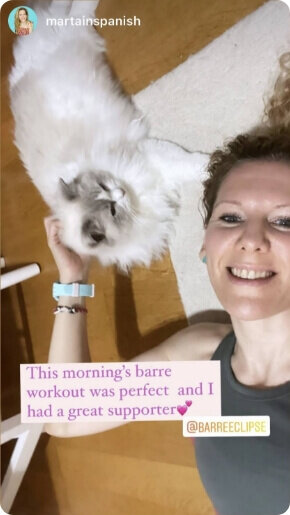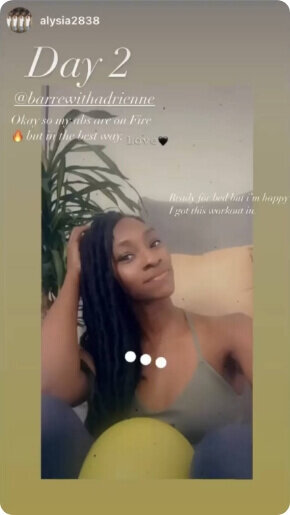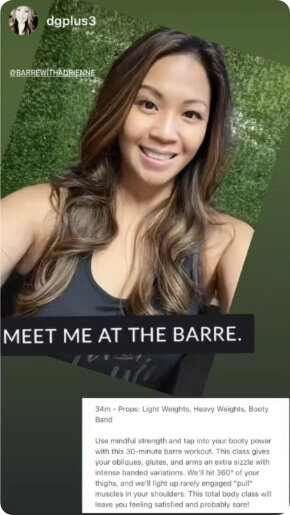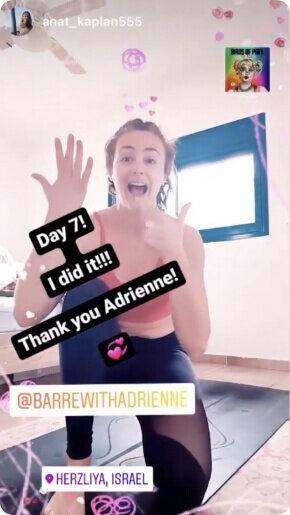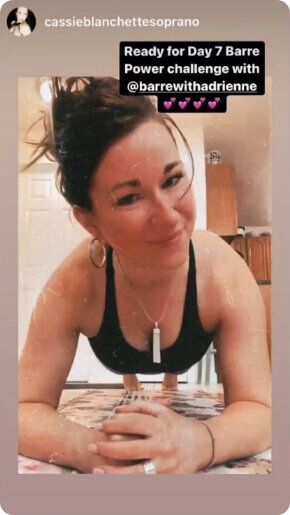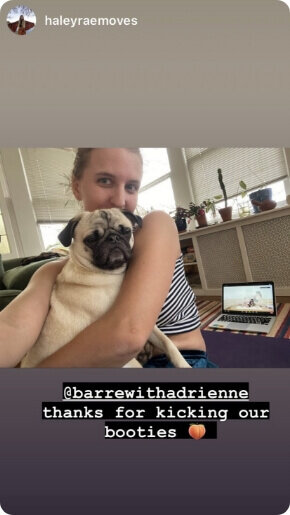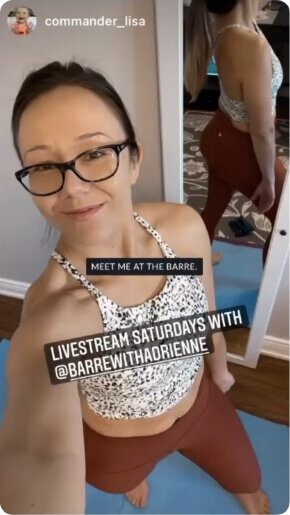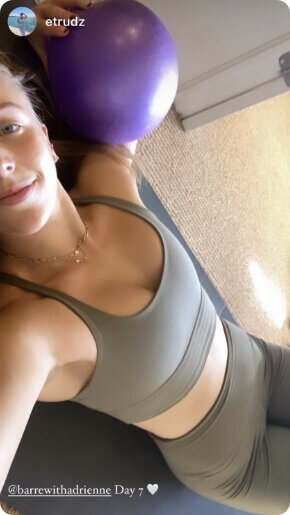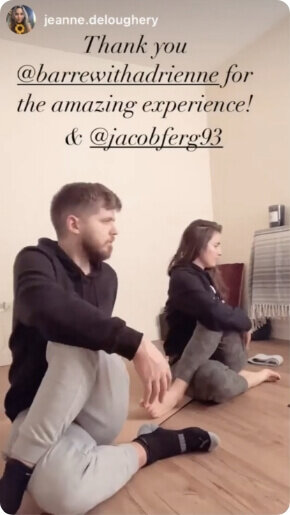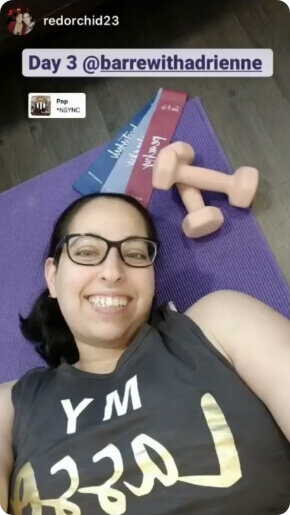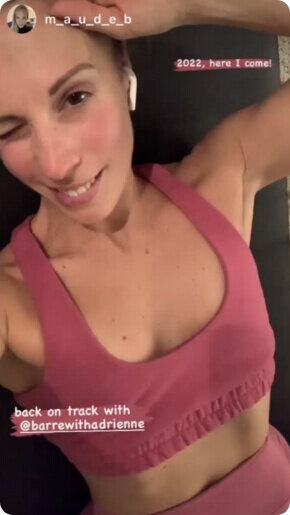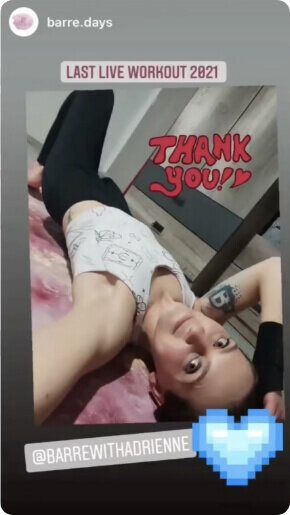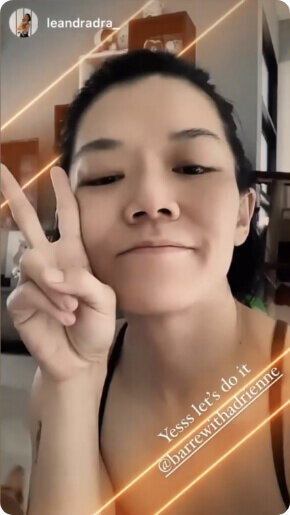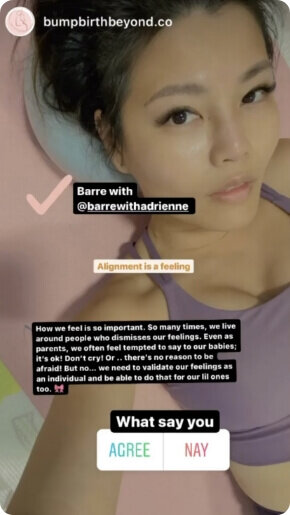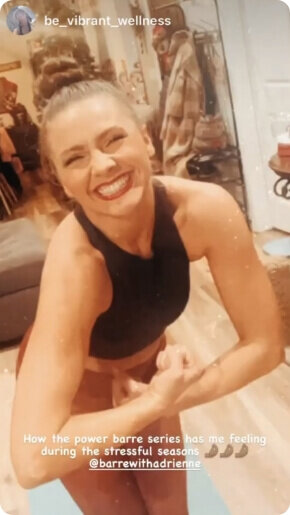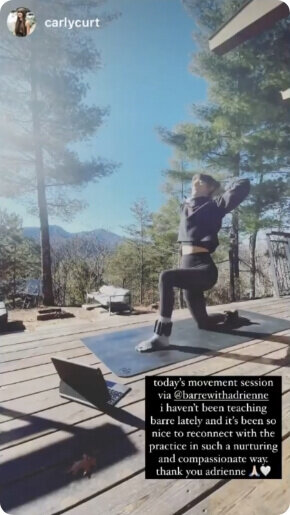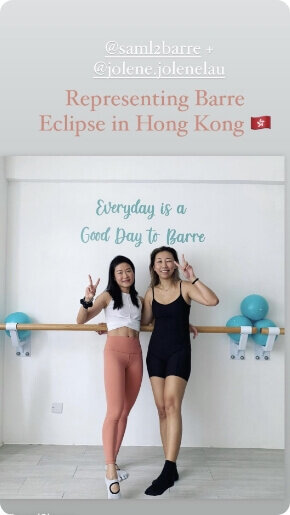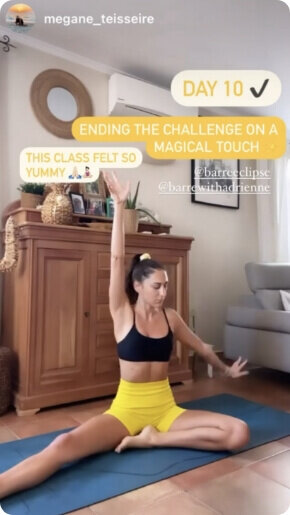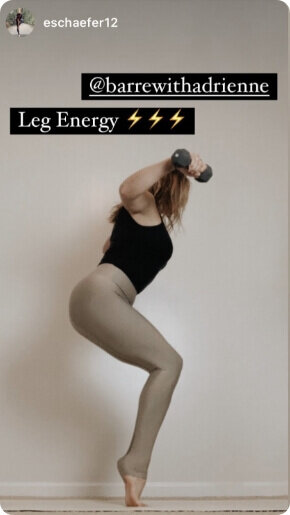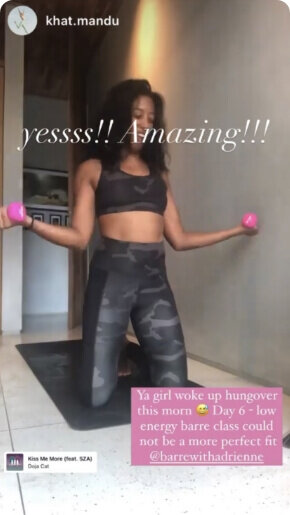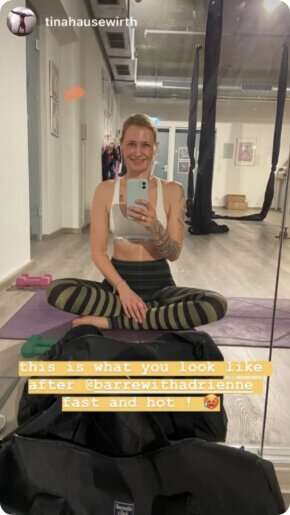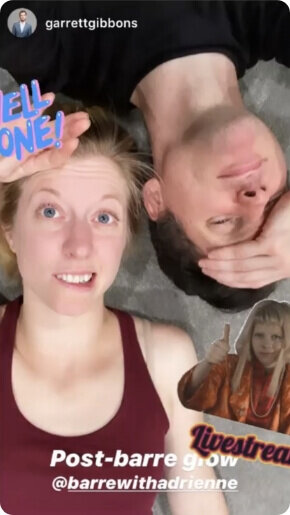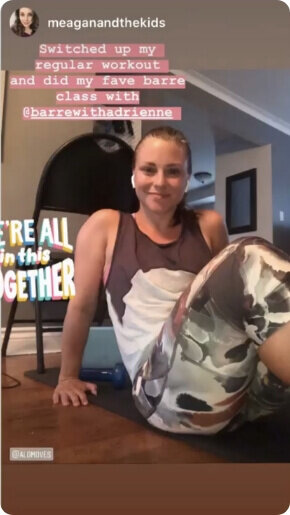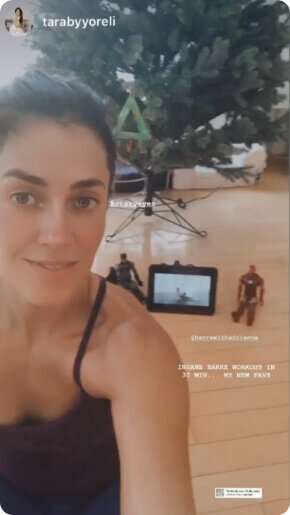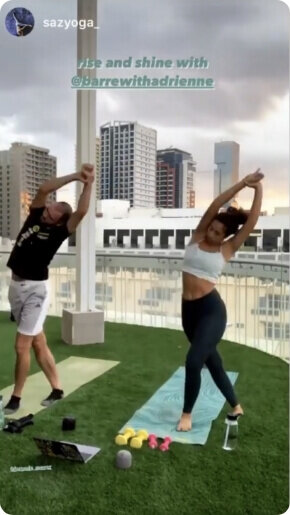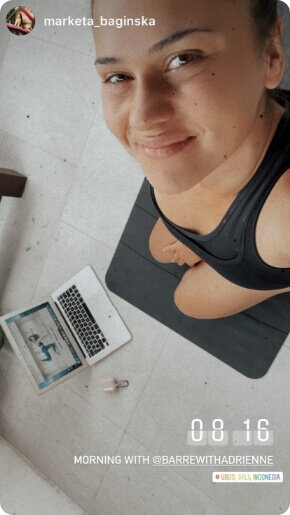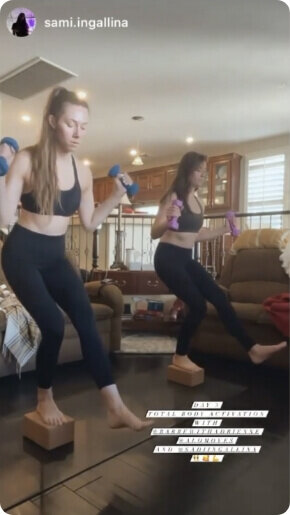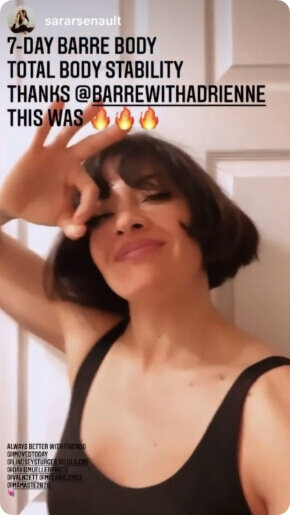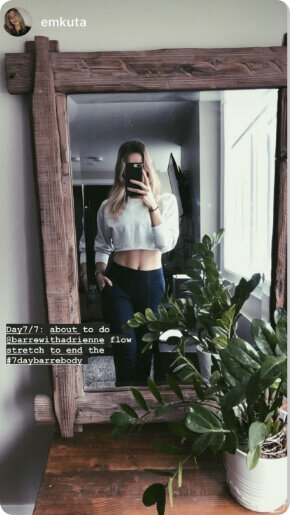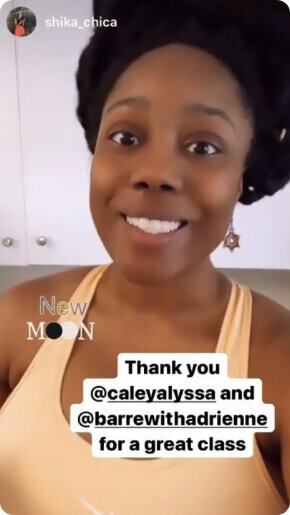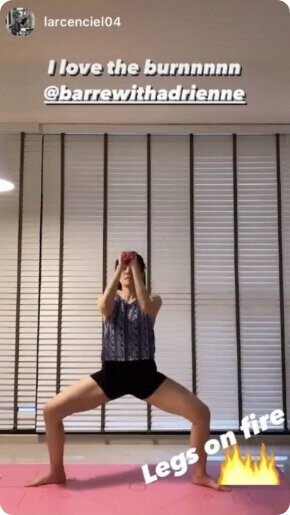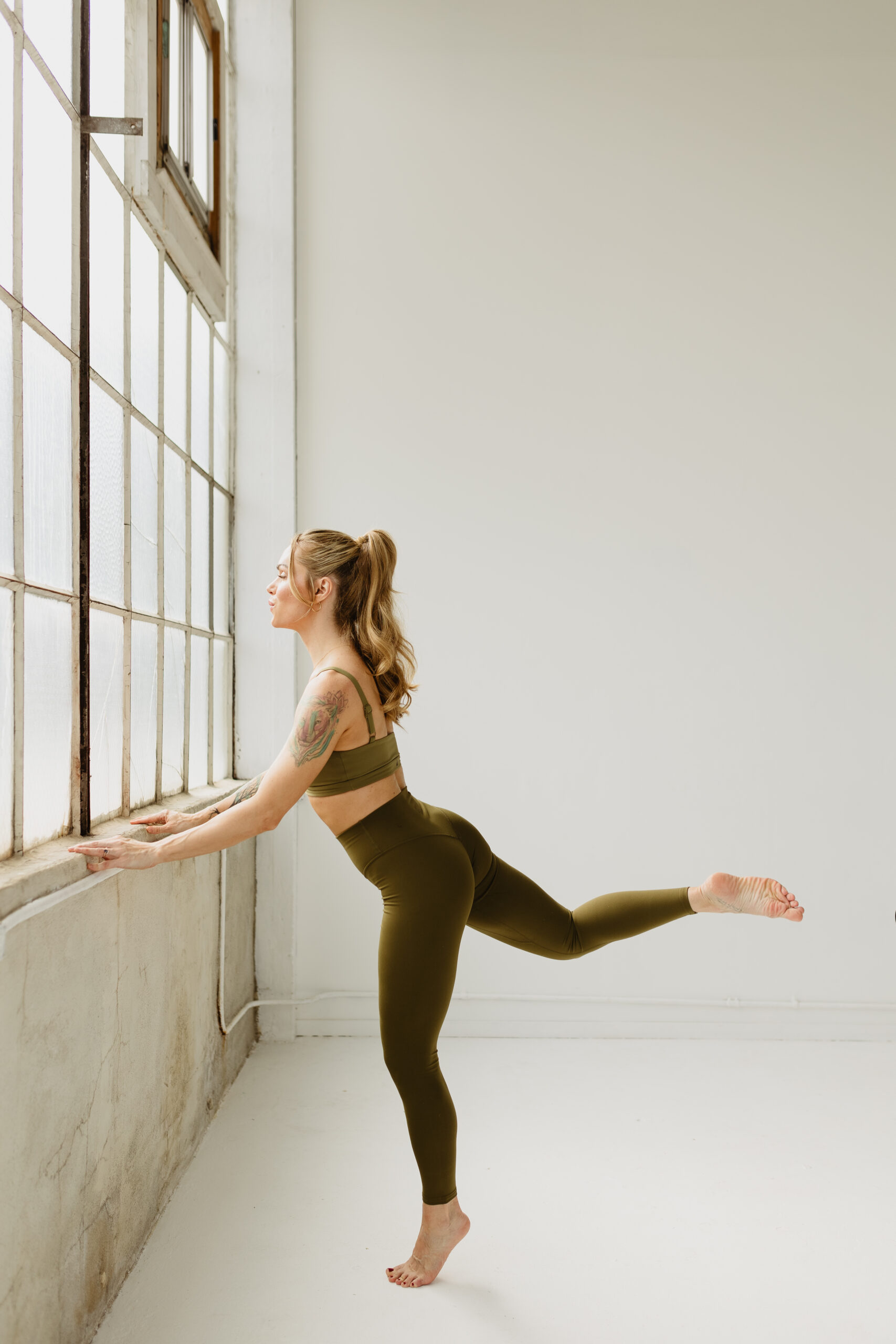
Barre Complements Yoga Perfectly For a Stronger Practice
Barre Complements Yoga Perfectly For a Stronger Practice
I fell in love with yoga long before I could pronounce chaturanga. Back then, my studios felt like sacred ground—my gateway into movement, breath, and the startling discovery that my body was capable of far more than I’d ever imagined. Yet, after years of downward dogs and deep forward folds, an imbalance crept in: my hamstrings sang while my glutes practically dozed. Eventually, my low back chimed in with a warning whisper, and even my posture began to curl forward like a question mark. Then I met barre (save this story for another day), and everything shifted. I quickly discovered that Barre complements yoga not by competing with it, but by filling the strength gaps and coaxing posture—and under-recruited muscles—back to center.
Where Yoga Leaves Space, Barre Steps In
A traditional vinyasa flow is pure poetry in motion, emphasizing flexion: fold, hinge, stretch, repeat. Even beloved arm balances—think Crow or Firefly—launch from forward folds. However, after hundreds, if not thousands, of those hinges, your posterior chain can drift into hibernation. This is exactly where barre steps up and flips on the lights. With mindful dips at the barre (or the back of a sturdy chair), we ignite glutes, hamstrings, and the deep spinal stabilizers that keep us upright when gravity—and long laptop hours—conspire against posture.
Suddenly, Warrior III feels anchored instead of shaky, Chaturanga lands with more control, and low-back whispers fade to silence. In other words, yoga lengthens the fabric; barre weaves in reinforcing threads; breath stitches every fiber together so the entire tapestry—body, mind, and nervous system—holds strong.
More Than Stretch: The Forward-Fold Dilemma
Forward folds are medicine for tight hamstrings and over-revved nervous systems; they cue the body to exhale, to soften, to invite length along the back line. However, when practice leans heavily on that single direction—hinging forward again and again—the front of the hip capsule loosens, glutes go offline, and shoulders creep forward until the upper back rounds more than rises. You might notice balance poses wobbling or a sneaky ache where the spine meets the pelvis. Sometimes we think, I really need to stretch, when in fact the body is begging for engagement.
Over time, constant flexion can translate into cranky sacroiliac joints, sleepy glutes, and posture that feels collapsed rather than calm. While folds are nurturing, they occasionally require a strong counter-conversation: extension and back-body activation that keeps hips, spine, and shoulder girdle both supple and supported.
Enter Barre Eclipse: Gentle Dips, Big Impact
Here’s where Barre Eclipse shines. Our joint-safe dips—executed at a barre, countertop, or even the back of a sofa—awaken sleepy stabilizers. Gluteus medius fires, hamstrings engage, and multifidus muscles knit the entire back body into a supportive panel. As you lower and lift, shoulders glide down and chest expands, reversing the round-through-the-shoulders pattern that gravity (and constant folding) loves to exaggerate. In this way, barre invites every muscle on the backside to wake up, partner with the front, and co-lead practice.
The result? A more integrated yoga flow. Your hips feel rooted in Warrior poses, Chaturangas become smoother, the heart lifts naturally in Mountain, and the spine stacks with less effort long after you’ve rolled up your mat.
Real-Life Perks: Barre Complements Yoga Off the Mat
- Bend and lift without a twinge. Picking up grocery bags or toddlers no longer cues that pesky low-back whisper because glutes and hamstrings share the workload.
- Sit taller at the keyboard. Mid-back and rhomboid muscles, awakened by barre’s dips, counter computer slouch so posture remains open.
- Balance grows steady. Tree Pose feels rooted when glutes support the standing hip, thanks to targeted barre sequences.
- Stamina without strain. Longer holds in Warrior II become sustainable as supportive muscles join the conversation.
The Breath Bridge
One thing I adore about pairing these modalities is how seamlessly breath ties them together. Yoga teaches diaphragmatic breathing; barre layers your breath over rhythm. You inhale to lengthen, you exhale to dip—nervous-system regulation remains the through-line. The internal conversation stays about sensation, never about appearance.
Busting the Myths
You might hear, Yoga already makes me strong—why add anything? True, yoga offers strength, but primarily through eccentric lengthening and sometimes isometric holds (I have a love-hate relationship to chair pose). Barre supplies concentric activation without heavy weights, ensuring muscles engage fully and functionally. No, you don’t need barbells; yet firing glutes through tiny lifts can protect your knees in standing poses and stave off over-stretch syndrome (and possibly injury).
Another myth: I’ll bulk up if I add barre. Barre Eclipse’s method favors endurance and postural control, not size. The goal is balanced support, not bulk—perfect for yogis wanting to deepen practice without altering their relationship with gravity.
A Sample Flow for Yogis to Recognize Their Barre Strength
- Three grounding breaths in Mountain Pose.
- Gentle Sun A’s to warm the spine and hamstrings.
- Transition to parallel dips at your barre or chair, heels high, hands light for balance—feel glutes engage.
- Step into Warrior II; notice newfound hip stability.
- Flow into Reverse Warrior, then Half-Moon; observe steadiness through the standing leg.
- Finish in Supported Bridge, sensing hamstrings active and heart broad.
Everyday Wins You’ll Notice
- Posture reset: Less tech-neck, more embodied presence.
- Joint resilience: Low-impact dips keep ankles and hips happy for long mat holds.
- Energy variety: Flow days meet dip days without burning out adrenals.
- Mindful confidence: Knowing you can both lengthen and engage fosters trust in movement choices.
Your Invitation to Feel the Blend
✨ Join the Bodyweight Barre Challenge ✨
Strengthen your yoga practice and discover how barre complements yoga inside our body-weight program—no equipment, no pressure, just you, your mat, and a chair. Let two mindful practices meet inside one empowering flow.
Learn More About Barre Eclipse 🌙
Craving additional insight? Visit our blog for body-affirming tips and refreshing guidance on breaking free from diet culture.
Connect with me on Instagram or TikTok to follow the behind-the-scenes journey. Interested in bringing this fusion to your own community? Explore our Teacher Training and download the free curriculum today.
You belong here.
—Adrienne
Learn More About Barre Eclipse 🌙
Ready to explore more? Then visit our blog for body-affirming tips and refreshing insights that help you break free from diet and fitness culture.
Additionally, follow Adrienne on Instagram or TikTok to get to know the founder on a personal level.
Finally, lead your own Barre Eclipse revolution with our Teacher Training. Download the free curriculum now.
You belong here.
—Adrienne
Drop your email address and we’ll send you a free class! You will feel the burn – don’t say we didn’t warn you!
Feel the Eclipse Difference for yourself
// Freebie
Join us on the ‘gram and tag us
in your snaps @barreeclipse.
We love hearing (and seeing!) how Barre Eclipse transforms your day, your life and your thoughts for
the better.
© 2023 Barre Eclipse LLC.
Join the body-affirming barre movement.
© 2023 Barre Eclipse LLC. Join the body-affirming barre movement.
BACK TO TOP
Site Made By Rove

